Easter sweet bread or simply – pogacha is a yeast leavened bread normally baked on Good Friday. From my childhood I remember that just about every household made their own with a few personal touch enhancements. My mother used to make it too. A sweet pogacha smell permeating the air as they were baking in the oven quickly became a synonym for Easter.
Pogacha was served on Easter day for breakfast, together with hard boiled eggs. The following days, I recall my mother having coffee parties either at our home or at her friends, where they all shared their own pogacha and had a lively discussions on taste and guarded preparation secrets.
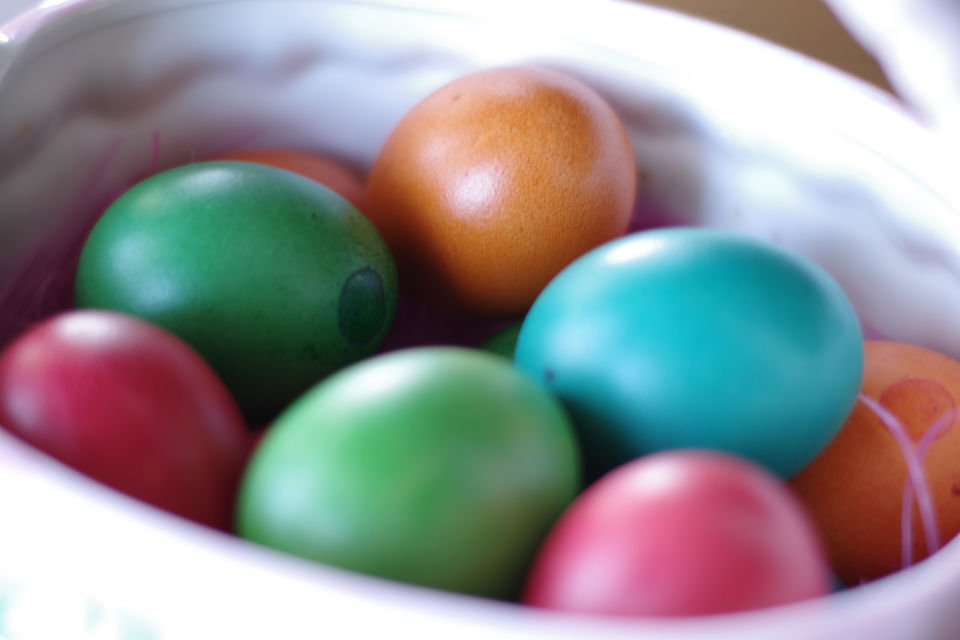
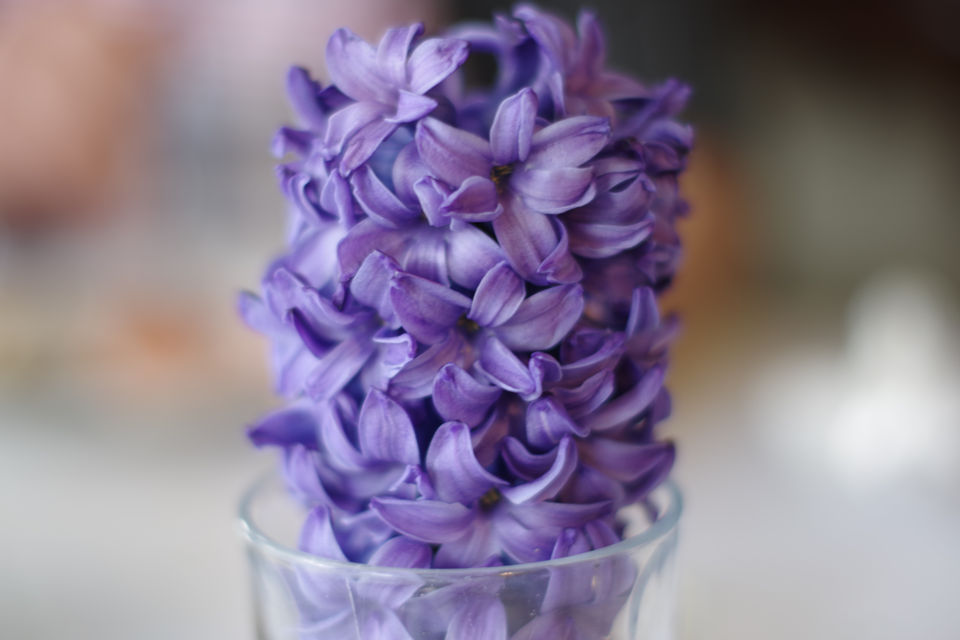
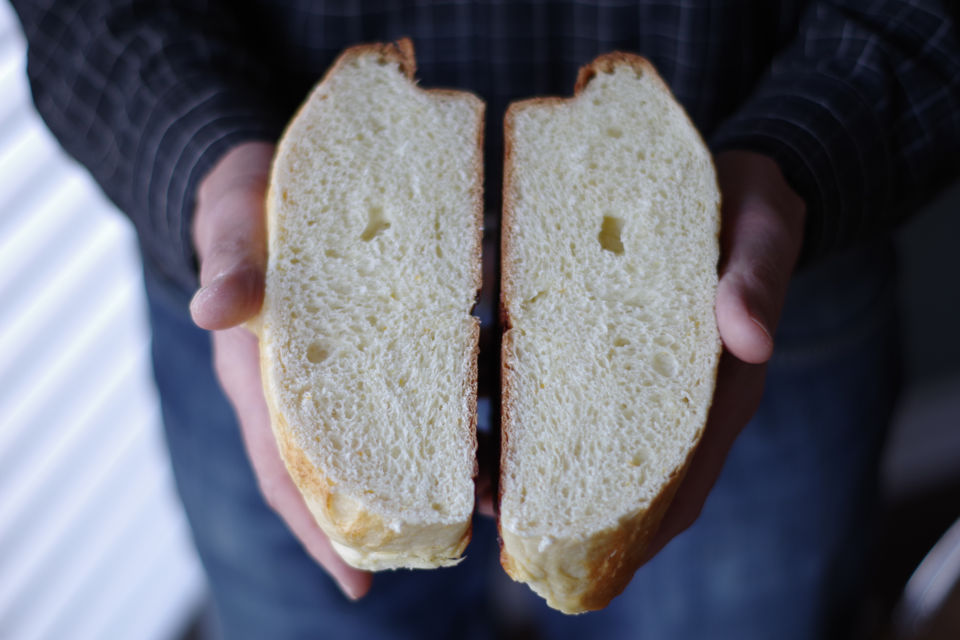
For several decades I have been making my own pogacha and my kids now eagerly await for it every year. They usually end up circling fresh bake, and keep asking when can they taste it.
The pogacha has a fresh citrus fragrance and depending on the recipe can be either hard and crumbly or soft and delicate texture. As a general rule recipe contains lots of eggs, lemon and orange rind and some flavoring aroma of a personal choice. It can be anything from Prosecco sweet wine to brandy, rum, vanilla or orange extract.
It will stay fresh up to a week but it holds well if frozen. Just reheat in the oven and it will taste like fresh bake!

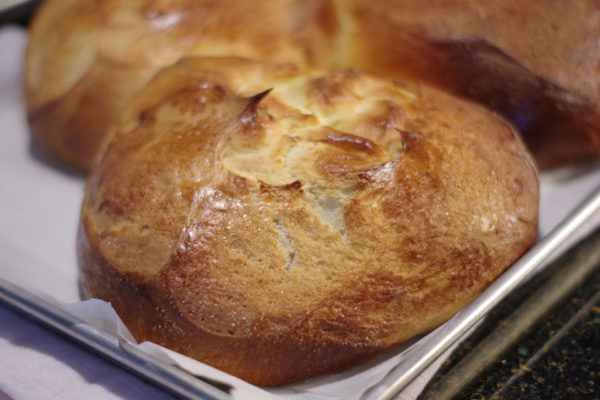
| Prep Time | 1 hour |
| Cook Time | 35 minutes |
| Passive Time | 3-4 hours |
| Servings |
loves
|
- 750 g all purpose non bleached flour sifted
- 180 g granulated sugar
- 50 g fresh yeast
- 150 ml milk lukewarm (~30 ºC)
- 100 g sour cream 12 % B.F.
- 1 tsp sea salt
- 3 large eggs room temperature
- 1 egg yolk room temperature
- 1 1/2 tsp orange extract
- 1 organic orange zest
- 1/2 organic lemon zest
- 150 g unsalted butter softened
- 1 egg lightly beaten for brushing
- vanilla sugar for sprinkling
Ingredients
|

|
- Sift all the flour and then divide 100 g and set aside for later use.
- In a medium size mixing bowl, mix together remaining flour and sugar. Make a conical crater in the mixture, crumble fresh yeast into it and pour in lukewarm milk. Let it sit for 10-15 minutes or until milk mixture becomes frothy.
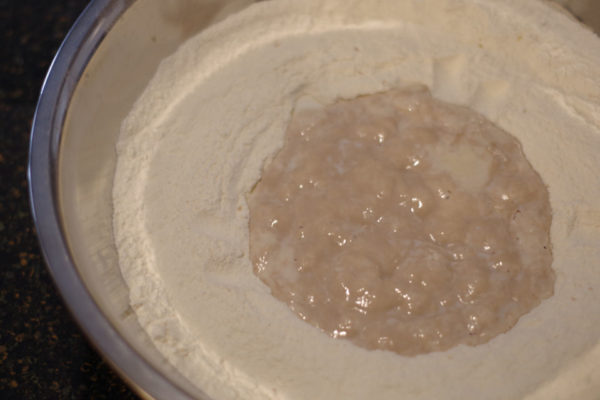
- Add all the rest of ingredients to the bowl, except the 100g flour that you already set aside and the butter.
- Mix everything together and knead at least 10 min. to make a soft dough.

- Put the dough in a clean mixing bowl and cover with plastic film. Let rise until it doubles in volume in warm, draft free area. Depending on temperature it will take 60-90 minutes.
- Punch the dough down and scrape it out to lightly floured counter. Knead in first the remaining 100g of flour following by kneading in the softened butter. Please see recipe note.

- Put the dough in the oiled mixing bowl, cover with plastic film and set aside until it doubles in volume, 1-2 hours.

- Punch the dough down and divide into 3 equal parts. Form each part into a separate ball by pulling ends and tucking them under the ball.
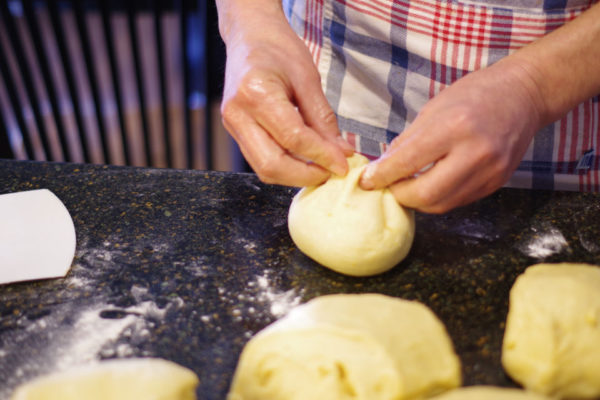
- Put the balls on a parchment paper lined baking pan, cover with floured plastic film and let rest for about 30 minutes.
- Prewarm the oven to 180ºC (355ºF) with the rack placed in the middle.
- Using a sharp knife or scissors, make cuts on top of each ball.
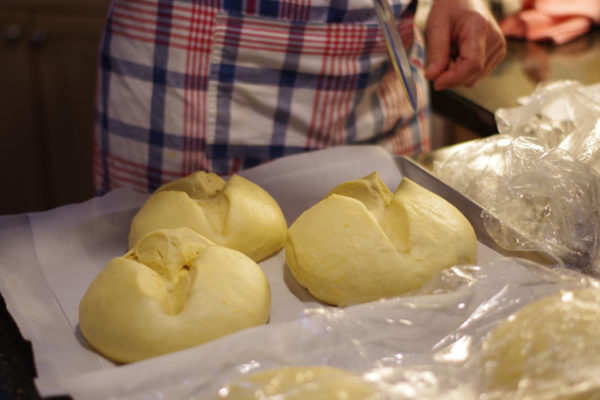
- Brush each ball with lightly beaten egg and sprinkle with vanilla sugar.
- Bake for 30-35 minutes or until skewer comes out clean. Do not over bake or they will turn dry!
- Let it cool completely before serving.
- Pogachas will remain soft and fresh up to a week if stored in a tightly wrapped plastic film. They also freeze well.
- depending on the flour you use, the dough might be sticky and it will be easier to knead with the help of bench scraper.
- make sure you do it in a small increments and knead long enough until the dough is smooth and elastic. It took me 40 minutes of kneading to incorporate remaining flour and butter.
- dough balls need to be spaced properly on parchment paper to allow for expansion after rise and baking.

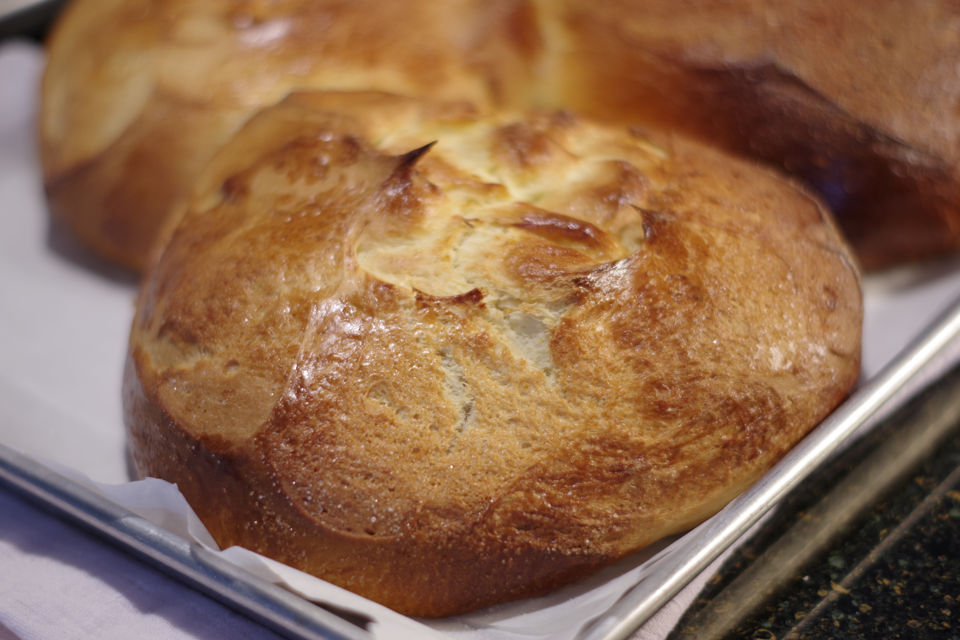
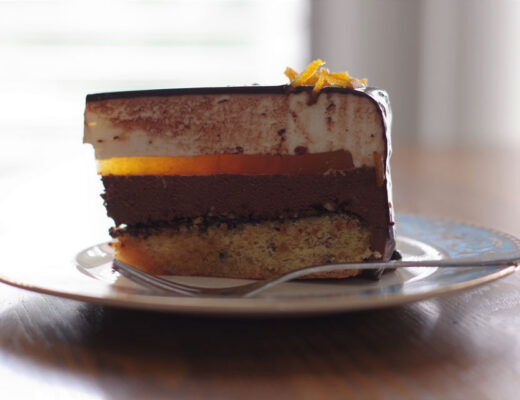
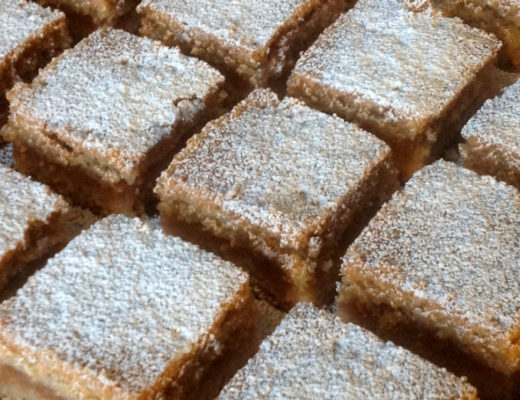
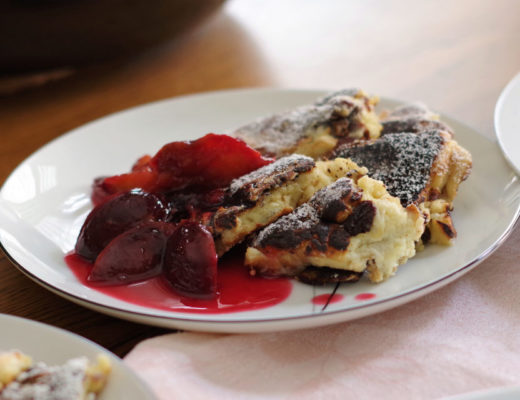
No Comments